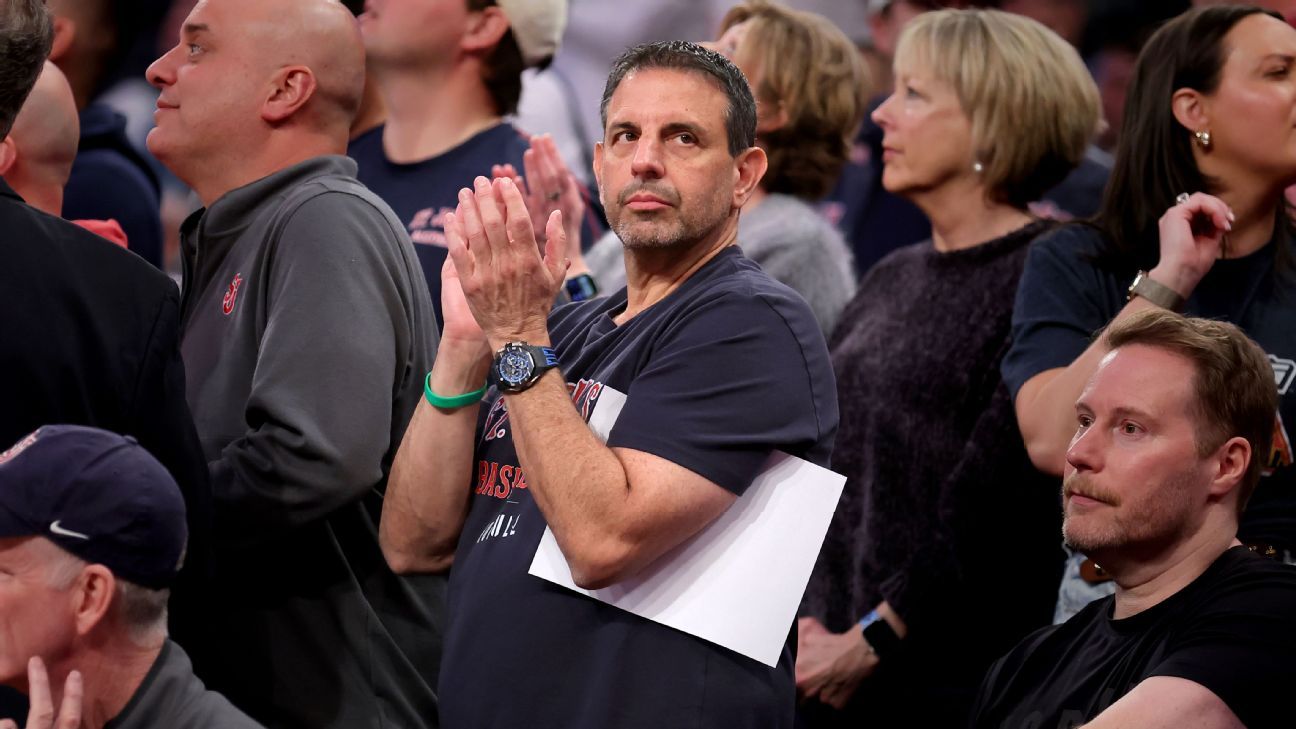Understand the impact of azoospermia on male fertility. Learn about the causes, diagnosis, and treatment options for men with zero sperm count from a fertility specialist.

When fertility specialists meet men whose semen contains absolutely no sperm, they often describe it as one of the most emotionally devastating diagnoses in reproductive medicine. This condition is called azoospermia, which affects about 1% of all men and up to 10 15 per cent of men who are facing infertility issues. It’s a rare but profoundly impactful condition.
According to Dr Pallavi Prasad, Fertility Specialist, Nova IVF Fertility, Basaveshwaranagar, Bengaluru, “Azoospermia is simply defined as having no sperm in the ejaculate, even after centrifuging the semen and reviewing it under a microscope. When doctors confirm this finding on two separate tests, they start investigating the why. The causes of azoospermia generally fit into one of two categories: obstructive or non-obstructive.”
Obstructive Azoospermia
Obstructive azoospermia occurs when sperm are produced within the testicles but cannot leave the body due to properties of the duct, either an obstruction or absence altogether. An example may entail obstruction or absence of a vas deferens, and this can be from a surgical procedure, an infection, or even an inherited condition like cystic fibrosis. In obstructive azoospermia, in general, a surgeon can perform a procedure like TESE (testicular sperm extraction) and retrieve sperm that may be viable and used with procedures like ICSI (intracytoplasmic sperm injection).
Non-Obstructive Azoospermia
Non-obstructive azoospermia (NOA) is a more complicated diagnosis. Here, the testicles simply fail to make sperm, often due to testicular failure (genetic syndromes such as Klinefelter syndrome or hormonal disorders) or to factors such as Sertoli cell-only syndrome or maturation arrest. About 5 15% of men evaluated for infertility fall into this category, and NOA accounts for nearly two thirds of all azoospermia cases. Even in NOA, specialised surgical methods like micro TESE can sometimes locate focal pockets of sperm; about 50% of men with NOA might still have retrievable sperm this way.
Patients who receive this diagnosis frequently describe shock and sorrow. Fertility clinic staff stress that azoospermia is complicated it does not always mean that there is no chance of the male being fertile, but it means that natural conception is not going to happen without help. Azoospermia takes an emotional toll on couples who have imagined themselves becoming parents in a natural way.
Diagnosis of Azoospermia
Diagnosis tends to begin by gathering a complete medical history and performing a physical examination, followed by hormonal testing (FSH, LH, and testosterone) and semen analysis. An increased level of FSH usually indicates non obstructive factors; however, a low level of FSH indicates a pre testicular problem or hormonal issue. When genetics are implicated (for example, Y chromosome microdeletion, seen in 8 12% of men with NOA or cystic fibrosis mutations), genetic counselling must occur before assisted reproduction techniques can begin.
Treatment Options for Azoospermia
While “zero sperm” sounds dire, there are reasons to be optimistic. The emergence of microsurgical and hormonal therapeutic options and assisted reproductive techniques such as ICSI offers hope that there is a likelihood of some success at the end of the rainbow even in the most pathologic or acute settings. In obstructive azoospermia cases, surgical treatment or bypass often leads to success. In NOA, micro TESE plus ICSI has helped many couples achieve pregnancy using sperm recovered directly from testicular tissue (Intracytoplasmic Sperm Injection, though ICSI itself is documented in peer-reviewed journals like Clinics and BMC Genomics).
What encourages physicians to remain optimistic is the continued progress and development of infertility management and care for azoospermic patients. There are men who respond to hormone therapy, while some men only require varicocele repair, while the remaining men may require donor sperm for ART or will require the option of adoption. This aids fertility specialists when they can work with couples to understand their expectations, time frames for treatment, and their genetic implications.
Emotional Support and Lifestyle Interventions
In their daily clinical practice, physicians will actively encourage lifestyle interventions and treatment as early as possible. Counselling provides a space for emotional support, and this can be seen to have positive benefits, recognising also that azoospermia affects sperm and also self-image, identity, and potentially future life plans.
In the end, when men step into a fertility clinic and are told “no sperm”, they are not only facing a medical term but also a new reality. Azoospermia affects a very small percentage of the population, but for these men and for the couples involved, it is personal. The good news? Medical advancements, surgical advances, and psychosocial support systems create the possibility to allow men and couples to see azoospermia not as a dead end but rather as a challenging detour on the route to fertility.
FAQs
Can Azoospermia be treated?
What is Azoospermia?
Subscribe to Our Newsletter Today!














Leave a Reply